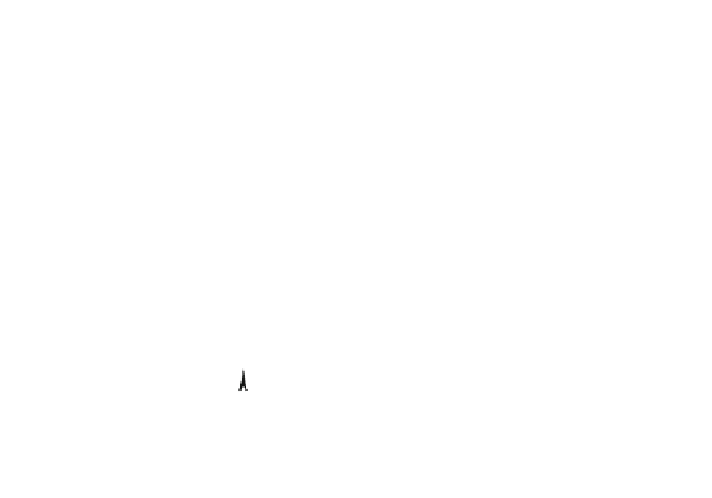Environmental Engineering Reference
In-Depth Information
Fig. 10.1
Hierarchical structure of a fault detection and isolation system
The approaches that are used in this chapter rely on statistical change detection/
isolation algorithms. Hence, the second section provides a review of the relevant
material. In Sect.
10.4
, single sensor monitoring is briefly discussed. Section
10.5
then addresses sensor FDI based on hardware redundancy. Finally, the last section
is dedicated to the use of analytical redundancy for sensor FDI.
10.2 Statistical Change Detection/Isolation Algorithms
The FDI systems that are presented below consist of two parts, a residual generator
and a decision system. The first generates signals called residuals, namely fault
indicators, that are designed in such a way that they have zero mean in the absence
of fault and non-zero mean in the presence of faults. Besides, the residual sequence
is made of statistically independent data samples. Residual generation will be
addressed separately in the case of hardware redundancy and analytical redun-
dancy. However, in both cases, the decision system relies on statistical change
detection/isolation algorithms to decide on the presence of a fault (fault detection)
and to indicate the faulty component (fault isolation). Therefore, the tools used in
the decision system are first presented before dealing with the two types of
redundancy. In the following sections, fault detection is first addressed, next a
detection/isolation algorithm is presented.























































